
Towards the goal of sustainable poverty reduction
Nam Nghep Cooperative was established with 12 members, operating in three key areas: Community and experiential tourism, indigenous medicinal agriculture and environmental protection associated with preserving cultural identity. All three development directions aim at a common goal: Creating stable livelihoods, increasing income and preserving the cultural and natural values of the highland people.
With an area of over 1,260 hectares of hawthorn (nearly 800 hectares of trees hundreds of years old), Nam Nghep is known as the “hawthorn capital” of the Northwest. According to the people here, in the past, hawthorn fruits were only picked and sold raw at low prices, unstable according to the season. But when the cooperative was established, people gradually understood that, to escape poverty, they had to create new value from local resources.
Mr. Khang A Lenh, a member of the cooperative, shared: "Just selling fresh hawthorn berries is not profitable because the price is too low. We need to do something to increase the value of hawthorn berries, otherwise we will remain poor forever."

Finally, the Cooperative decided to use wild hawthorn berries to learn how to make syrup, juice, apple cider vinegar, herbal tea; then collaborate with other Cooperatives to research higher-end products such as shampoo, soap from hawthorn and natural medicinal herbs. Each product not only carries the flavor of the mountains and forests, but is also the crystallization of efforts to transform from fragmented production to cooperative economy , from exploitation to conservation, from poverty to sustainable development.
In addition, the cooperative has been growing indigenous medicinal herbs. "The cooperative has also been granted a code for growing Lai Chau ginseng and some medicinal herbs...", said Mr. A Lenh.

In particular, nature has endowed Nam Nghep with beautiful landscapes with mountain slopes covered in white flowers in spring; Ta Tao and Ta Dong peaks are immersed in a sea of clouds, helping the Mong people here to do community tourism.
To date, 20 households in the village have built homestays, welcoming guests to relax, visit beautiful landscapes, enjoy ethnic cuisine and experience the culture of the Mong people. Mr. Khang A Giao, a household with a homestay, shared: "Thanks to community tourism, the people of Nam Nghep have more income, their children can study properly, and their family life is more prosperous."

There are still thorns
Although the direction is clear, the development path of Nam Nghep Cooperative still has many thorns. Mr. Nguyen Cao Cuong, Chairman of the Board of Directors of the Cooperative said: "We have forests, products, and will, but we lack capital, machinery, and brand."
The cooperative is still mainly manual processing, without a deep processing line, cold storage or packaging that meets market standards. Tourism is still small-scale, with limited transport infrastructure such as: difficult roads, unstable electricity and internet. These barriers make the model difficult to replicate, despite its great potential.
However, these difficulties show why policies to support ethnic minorities need to go hand in hand with in-depth investment. Policies should not only support short-term livelihoods, but also provide long-term technical support, capital, infrastructure and brand building.

Nam Nghep Cooperative is proactively accessing resources from the highland development program, start-up funds and partner businesses. With capital and technology, they believe that their hawthorn products can go far and become a regional specialty.
A valuable point in Nam Nghep is that people understand that economic development cannot be at the expense of the environment. The cooperative has incorporated forest protection criteria into every activity, from not cutting down young trees, not hunting wild animals, to guiding tourists to plant trees, collect trash, and participate in local festivals associated with environmental education.
Mr. Cuong said: “That is the new, modern thinking of the Mong people in the mountains and forests. They know that the camellia and rhododendron forests are the “inheritance assets” for their descendants, the foundation for eco-tourism, and natural capital that needs to be preserved.”
Thanks to that, the poverty reduction program in Nam Nghep does not only stop at generating more income, but also creates a green economic value chain. In which, each household is a link: both producing, protecting and promoting indigenous culture.
 Mr. Thao A Vang, Director of the Cooperative (first on the right) received the "Beautiful Booth" award at the agricultural product fair on the occasion of the 130th anniversary of the founding of Son La province.
Mr. Thao A Vang, Director of the Cooperative (first on the right) received the "Beautiful Booth" award at the agricultural product fair on the occasion of the 130th anniversary of the founding of Son La province.Mr. Nguyen Son Lam, Chairman of the People's Committee of Ngoc Chien Commune, said that the most valuable thing in the Nam Nghep story is the change in thinking: People no longer wait, but take the initiative. They understand that poverty eradication cannot rely on short-term support, but must be done on their own two feet. "People here also identify that the accompaniment of the government, development programs and businesses is extremely necessary. But only when people are truly the subject; dare to think, dare to do, dare to change, can a model like the Nam Nghep Cooperative become a "model" for sustainable poverty eradication in the highlands," said Mr. Lam.
Source: https://tienphong.vn/hanh-trinh-xoa-ngheo-ben-vung-bat-dau-tu-mo-hinh-hop-tac-xa-nam-nghep-post1790578.tpo



![[Photo] Unique art of painting Tuong masks](https://vphoto.vietnam.vn/thumb/1200x675/vietnam/resource/IMAGE/2025/11/14/1763094089301_ndo_br_1-jpg.webp)

![[Photo] Unique architecture of the deepest metro station in France](https://vphoto.vietnam.vn/thumb/1200x675/vietnam/resource/IMAGE/2025/11/14/1763107592365_ga-sau-nhat-nuoc-phap-duy-1-6403-jpg.webp)


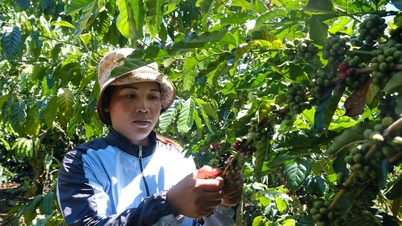


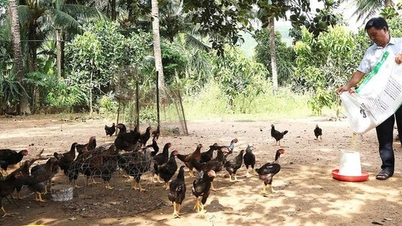

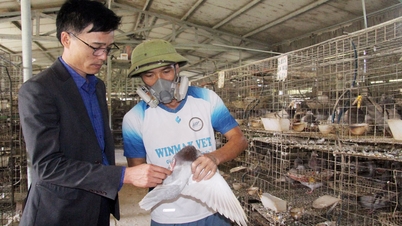

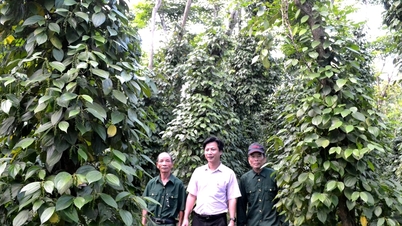


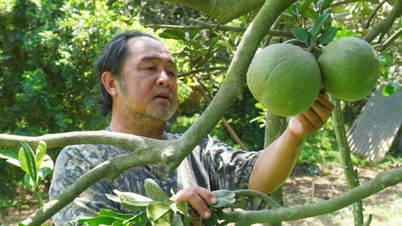

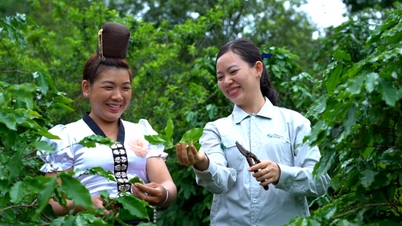



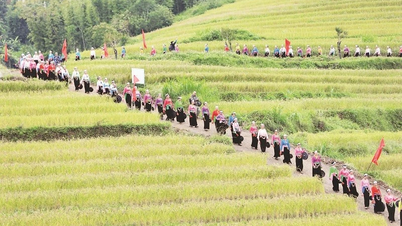












![[Photo] Special class in Tra Linh](https://vphoto.vietnam.vn/thumb/1200x675/vietnam/resource/IMAGE/2025/11/14/1763078485441_ndo_br_lop-hoc-7-jpg.webp)









































































Comment (0)